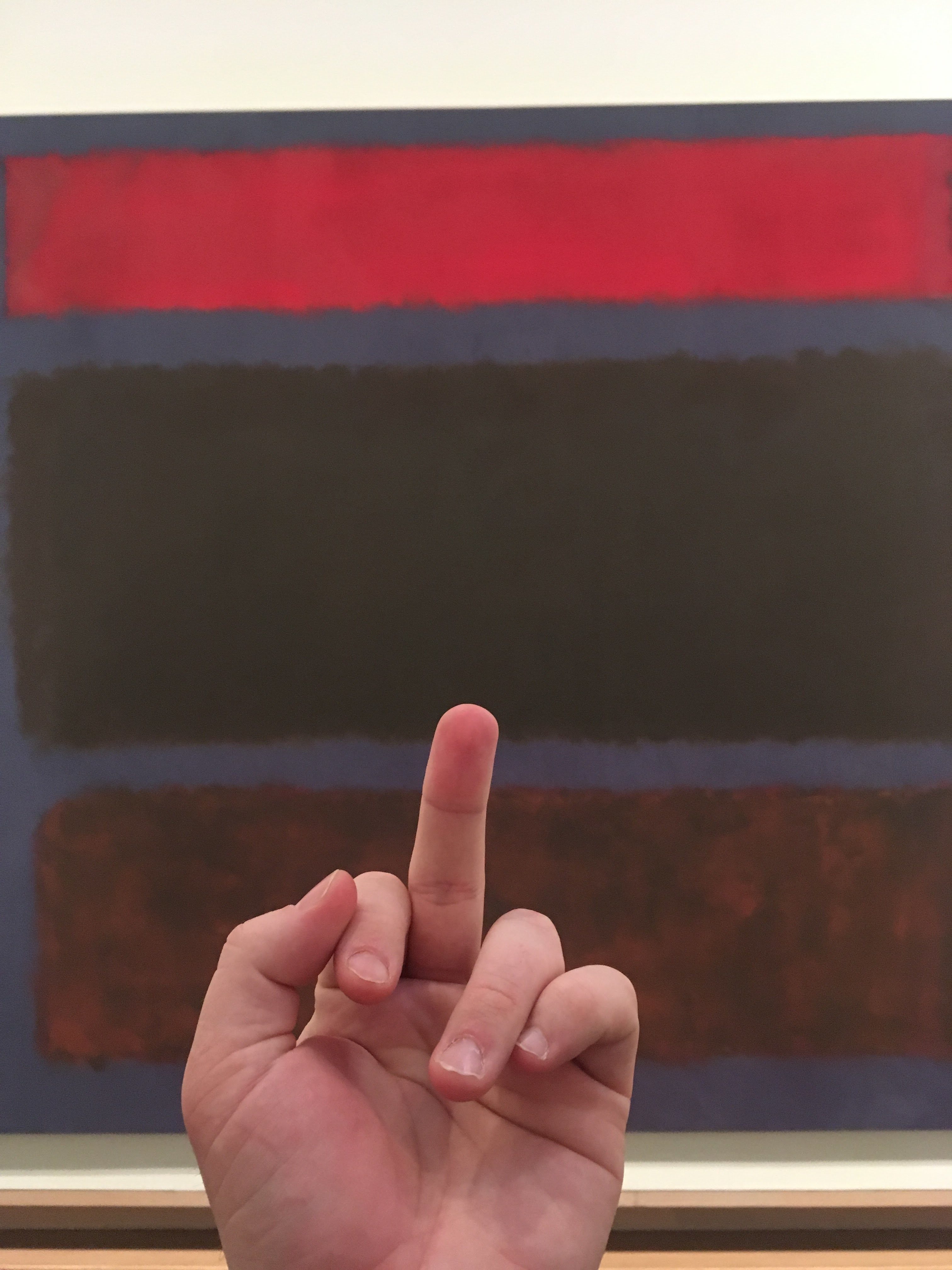
Special effects bring us ever closer to a character’s
internal life.
by Austen Rosenfeld
Last Saturday, some of the greatest special effects geniuses in the industry came together for a New Yorker Festival panel. They were there to talk about what special effects mean, in an age where technology can make virtually any idea or storyline possible. Dennis Murren is responsible for some of the most memorable cinematic moments in history; the bicycle ride in E.T., the dinosaurs in Jurassic Park and the wildly creative characters of Star Wars. He began filming his plastic dinosaurs as a kid, and his motivations still stem from a sense of play. And with his wild grey hair and worn sneakers, you can see the child in him.
A lot of special effects these days strive towards making a film appear like “real life,” but Murren says that there is a theatricality in special effects that people often undervalue. For example, in Jurassic Park, the crew placed lights inside the mouths of the dinosaurs for a stylized, dramatic effect where “the audience buys into the artificiality.”
This is art-making at its most fundamental level. It is a hyper-manipulation of the world in order to render it more “real;” to expose its central truths. These men have traveled to zoos just to watch the way dust settles on a elephants skin, or stared for hours at the ocean, trying to figure out how water moves. Who else gets to do that for a living besides a writer?
There was also Joe Letteri, king of a new frontier of special effects, who worked on the Lord of the Rings series, Planet of the Apes, and the technically groundbreaking Avatar. “You’re always referring back to something,” Letteri said. “The development for Avatar was with real human skin, we needed to understand the warmth, how the blood flowed.” Joe has become an expert in human anatomy, specifically facial expressions, which seem to be the most difficult to recreate. “The biggest thing we respond to is the way eyes move. And then there is the way light hits the eyes, the softness of the eyes, the way the eyelids are attached, the human face is amazingly complicated and subtle.” In order to simulate these fantastical on-screen beings, Letteri is compelled to consider what makes us human.
Dan Schrecker also joined the conversation, having been involved in one of my favorite movies, Black Swan.Apparently, special effects aren’t really so rare. “All movies these days are studded with digital enhancement,” he said, meaning that even romantic comedies are still tweaked to create a certain aesthetic. For Black Swan Schrecker said, “We explored all the anatomical transformations of a woman into a swan. We gave her a beak, we gave her a long swan neck. But in the end, it all had to remain beautiful.” The goal was beauty, not artificiality.
Dennis Murren ended the panel on a note about emotional resonance and the direction that 3-D movies are taking: “Emotion has a long way to go. If you can respond with magic and awe to New York City, you should be able to apply that to a film with special effects. But the emotional response to 3D has not yet been developed.” It’s true, special effects and emotional responses are intrinsically linked. The world looks a lot different when we’re sad than when we’re happy and special effects are a method for registering those internal responses in the exterior world. They bring us ever closer to a character’s internal life.
At the end of the panel, a question was directed towards Tim Burke, who did special effects for all the Harry Potter movies. “So…um…I have a question about the Harry Potter movies,” a small blonde boy asked in a shaky voice, “How do you make all the spells shoot out of the wands? Cause I just can’t understand that all.” Tim Burke responded, with a too straight face, “Well, they are really just wooden sticks. We added the magic stuff afterwards using CGI.”
Sigh, my heart was broken.




